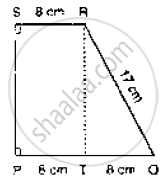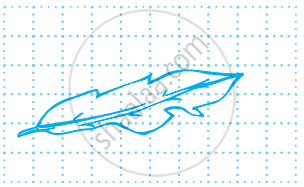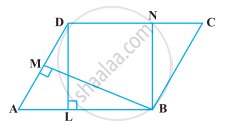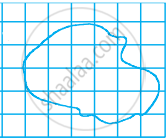Advertisements
Advertisements
Question
Find the area and perimeter of the following parallelograms
Solution
Given: base b = 11 cm
height h = 3 cm
Area of the parallelogram = b × h sq.units
= 11 × 3 cm2
= 33 cm2
Also perimeter of a parallelogram = Sum of 4 sides
= 11 cm + 4 cm + 11 cm + 4 cm
= 30 cm
Area = 33 cm2, Perimeter = 30 cm.
APPEARS IN
RELATED QUESTIONS
Compute the area of trapezium PQRS is Fig. below.

In square ABCD, P and Q are mid-point of AB and CD respectively. If AB = 8cm and PQand BD intersect at O, then find area of ΔOPB.
Length of a rectangle is 30 m and its breadth is 20 m. Find the increase in its area if its length is increased by 10 m and its breadth is doubled.
By counting squares, estimate the area of the figure.

The table given below contains some measures of the rectangle. Find the unknown values.
| Length | Breadth | Perimeter | Area |
| 13 cm | ? | 54 cm | ? |
Which has the bigger area - one of your footprints or the page of this book?
Each line gives a story. You have to choose the question which makes the best story problem. The first one is already marked.
- 352 children from a school went on a camping trip. Each tent had a group of 4 children.
a) How many children did each tent have? b) How many tents do they need? c) How many children in all are in the school?
In the following figure, the area of parallelogram ABCD is ______.

Find the area of the following figure by counting squares:

Find the area of the following figure by counting squares:

